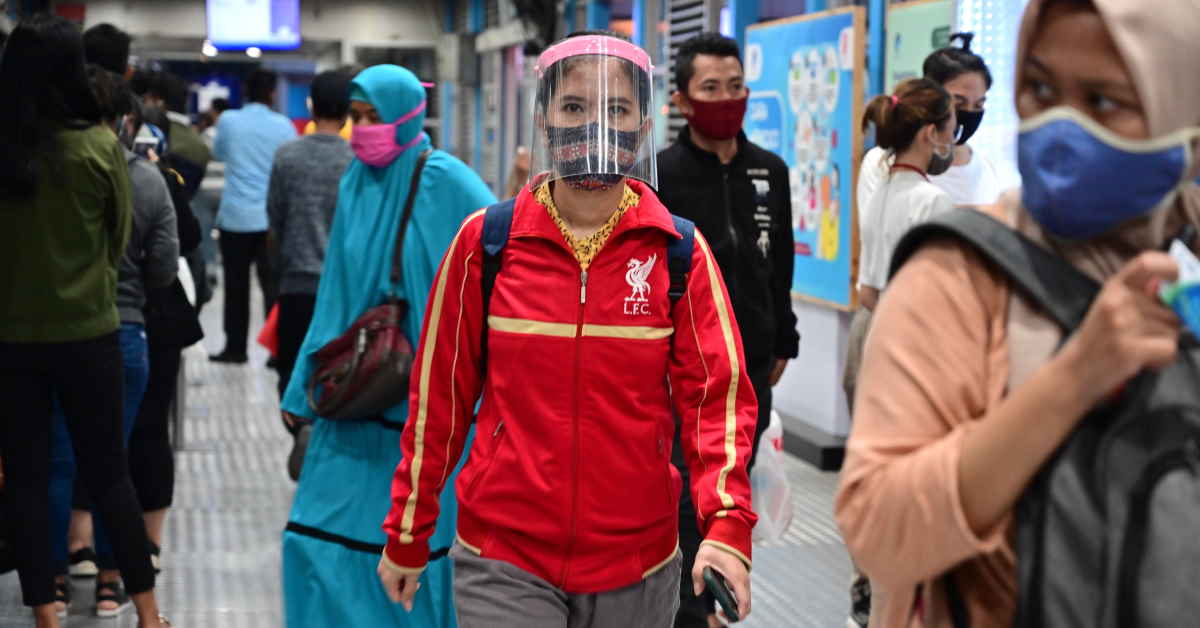The World Health Organization (WHO) announced on 11 March that the outbreak of COVID-19 had become a pandemic. Six months on the virus has cost the lives of over 900,000 people.
Back in March the death toll stood at 4,200 from 120,000 cases, with most of the fatalities in the Wuhan region of China where the virus first came to light last December.
Those figures were enough to cause concern back then. But now, 28 million people have been infected worldwide, according to an AFP tally, while the death toll heads inexorably towards a million.
From China To Global Pandemic
When the WHO declared the pandemic in March, COVID-19 had already spread to five continents, though more than two-thirds of known cases had been registered in Asia.
Though the virus was first detected in Wuhan, Europe quickly became the new hotspot. In the second half of March more than 80 percent of new cases worldwide were detected there.
Lockdown measures were introduced, including the closure of schools and offices and bans on public gatherings.
From 10-16 April, Europe suffered its worst week of the pandemic so far, with 282,763 new cases and 27,447 deaths.
The COVID-19 epicentre then shifted across the Atlantic, with the United States (US) becoming the worst affected country while Latin America and Caribbean nations were badly hit.
The US saw virus figures surge with more than 470,000 cases in one week in late July.
Latin America Suffers
The nations of Latin America saw the numbers of COVID-19 cases and deaths rise sharply from June, accounting for around half of the new cases worldwide during the following months.
Today the region is the worst affected, with more than 300,000 fatalities from around eight million infections.
The Middle East with 1,625,285 cases and 39,038 deaths, Africa ((1,323,325 cases, 31,893 deaths) and the more isolated Oceania (30,306 cases, 841 deaths) remain the least affected regions, according to official figures.
The virus figures have started to rise again in Asia, with an average of 80,000 new cases per day with India the worst hit.
Global Figures Stabilise
Looked at globally, the pandemic figures have largely stabilised since mid-August with around 260,000 new cases and 5,500 deaths on a daily basis.
But the disparities between regions remain stark.
The US has suffered the most deaths with 190,873, followed by Brazil with 128,539, India with 75,062, and Mexico with 69,095. Together they account for half of the global total.
New Local Hotspots
Recent spikes elsewhere are causing fresh concern.
At the weekend Israel passed the grim total of 1,000 COVID-19 deaths.
Spain has now registered over half a million infections. In France, where levels of testing have been high, the daily number of new cases, now above 7,000, is worrying authorities in France and beyond. Britain has introduced a two-week quarantine for anyone arriving from France.
In the Middle East, Iran is seeing around 2,000 new cases per day.
In Africa, Morocco has seen higher infection levels remain stubbornly in place since mid-July, at around 1,700 cases per day.
The Good News
Some places haven't registered any new COVID-19 cases for several weeks, including Lao in Asia and the Palau archipelago in the Pacific Ocean.
China hasn't officially announced any new coronavirus deaths since mid-May.
The Vatican is a rare exception in Europe, declaring just 12 cases, the most recent one in May.
A handful of nations claim to have escaped the pandemic entirely, including Turkmenistan which is however facing a worrying rise in pneumonia cases, according to the WHO.
North Korea has never admitted to any virus cases on its territory, a claim treated with scepticism, while some isolated Pacific islands have made similar claims as well. - AFP
